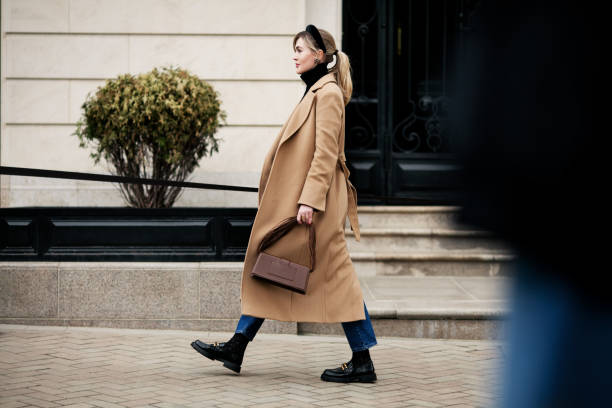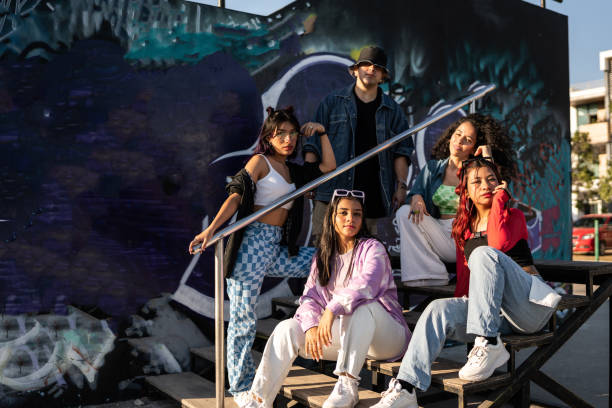Pop culture has long been a profound influencer on fashion trends, often dictating what is considered stylish and desirable. From movies, music, and TV shows to social media influencers and viral moments, pop culture presents a dynamic force that continuously reshapes the fashion landscape. In this article, we will dissect the varied ways pop culture influences fashion, the cyclic nature of trends, the role of celebrities and influencers, and how the fashion industry responds to these changes.
The Symbiotic Relationship Between Pop Culture and Fashion

Pop culture and fashion enjoy a symbiotic relationship where each continuously influences and borrows elements from the other. What we see on our favorite TV shows, in movies, and in music videos quickly trickles down into mainstream fashion. For example, the classic looks from shows like “”Friends”” in the ’90s have resurged in modern styles. Similarly, iconic musicians like Michael Jackson or Madonna have left indelible marks on fashion with their unique styles that become trends. This cross-pollination helps both realms stay relevant and exciting, creating an ever-evolving style narrative.
The Cyclic Nature of Fashion Trends
Fashion trends tend to be cyclic, often coming back into vogue many years after they first appeared. This phenomenon is largely fueled by the nostalgia inherent in pop culture. For instance, the revival of 1980s and 1990s fashion can be directly linked to Hollywood’s embrace of nostalgia, featuring these eras prominently in new entertainment. Shows like “”Stranger Things”” have reignited interest in vintage ’80s styles, while “Clueless” has made the ’90s plaid skirts and knee-high socks trendy once again. Thus, pop culture serves as a time machine, bringing bygone trends back into the contemporary fashion scene.
The Role of Celebrities and Influencers
In the digital age, celebrities and social media influencers play a pivotal role in shaping fashion trends. Platforms like Instagram, YouTube, and TikTok have democratized trendsetting, allowing influencers with large followings to impact fashion just as much as traditional celebrities. People look to these personalities for inspiration on what to wear, often leading to the rapid spread of new trends. When stars like Zendaya or Billie Eilish debut a new look, their wide-reaching influence can make specific styles or items skyrocket in popularity. Therefore, the merger of pop culture and personal branding continues to redefine what is trendy.
Social Media’s Amplifying Effect
Social media has intensified the speed at which pop culture influences fashion. Hashtags, viral challenges, and trending topics can turn a simple outfit into a massive trend overnight. This instantaneous sharing and communication allow fashion trends to spread globally in real time. For instance, the “”VSCO girl”” aesthetic and “”e-girls”” became popular primarily through social media platforms. User-generated content, collaborations between influencers and fashion brands, and social media marketing campaigns all contribute to this phenomenon. Hence, social media acts as a catalyst, expediting the transition of pop culture trends into mainstream fashion.
Fashion Industry’s Adaptation
The fashion industry is incredibly adept at swiftly adapting to trends derived from pop culture. Designers and brands closely monitor the zeitgeist, keeping tabs on what’s gaining traction in pop culture to inform their collections. Fast fashion brands, in particular, excel at rapidly producing clothing that reflects the latest trends seen in pop culture. This agility helps them capitalize on the current demand, making fashionable pieces accessible to the general public. Luxury brands also navigate this landscape skillfully, often collaborating with pop culture icons or incorporating popular references into their high-tier collections.
- Pop culture TV shows and movies set fashion trends.
- Musicians and their iconic looks deeply influence style.
- Social media platforms democratize trendsetting.
- Nostalgia plays a significant role in cyclic fashion trends.
- Both fast fashion and luxury brands adapt to pop culture influences.
Conclusion
Pop culture’s influence on fashion is both pervasive and profound, continuously redefining what we wear and what we consider stylish. Through movies, TV shows, celebrities, and social media, pop culture forms a feedback loop with fashion, ensuring both remain vibrant and responsive to societal shifts. As long as pop culture continues to evolve, so too will fashion trends, driven by the creative synergy between the two. This ever-changing landscape makes fashion an exciting field, forever intertwined with the cultural zeitgeist.
FAQ
How does pop culture influence fashion trends?
Pop culture influences fashion trends by introducing new styles and reviving old ones through movies, TV shows, music, and social media. Celebrities and influencers play a key role in popularizing these trends.
Why are fashion trends cyclic?
Fashion trends are cyclic primarily due to the nostalgic elements in pop culture, which brings back past styles through modern reinterpretations in entertainment and media.
Social media platforms amplify the speed at which fashion trends spread, allowing users to instantly share and popularize new styles through hashtags, viral challenges, and influencer content.
What role do fast fashion brands play in pop culture-influenced trends?
Fast fashion brands play a significant role by quickly producing and distributing clothing that reflects the latest pop culture trends, making trendy styles accessible and affordable for the general public.
How do luxury brands adapt to pop culture trends?
Luxury brands adapt to pop culture trends by closely monitoring cultural shifts and often collaborating with pop culture icons or incorporating popular elements into their collections to stay relevant and desirable.
